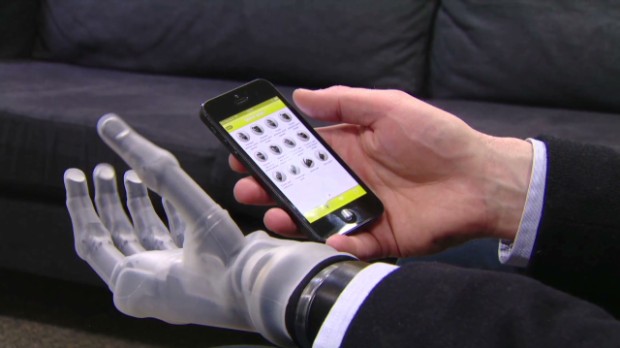
The mission of my blog is being able to transmit and share more and more information about technology. Technology these days is a major factor that affects us in every day’s life. It isn’t all about making rockets or space ships, it also has to do with every step that we take and is found everywhere. I get the inspiration about this big theme not only because of facts mentioned above, but there is something that attracts me about technology, something that pushes me to want to invent new products that to make people’s life easier. I would want to share new technologies that are presented recently and this shared information will go to my audience who is my blog followers. I want them to get notified about new inventions, new ideas that are brought in our community and how these ideas help it. This is a great opportunity for followers to discuss about different posts, give their opinions and even feedbacks.
Evolution of Technology is called the title of my blog. As we see every day we are really fascinated by new inventions that scientists all around the world discover and bring to market. If we compare last 20 years to today’s technology we are able to see a major progress and boost of new useful inventions and this is still rising now a days. And this is the reason why I liked to call is “Evolution of Technology”. By surfing through different blogs and getting suggestions about my new blog, I would like to credit http://www.extremetech.com for giving me a great idea how a technology blog looks like and its components.

 A completely different way that engineers found to use technology is on their headlights. People may ask what is wrong with the headlights of a car. Actually there isn’t anything wrong with the common headlights but engineers at Intel and Carnegie Mellon University created a car headlamp that makes it possible to see through snow and rain through the light that this beam creates. Regular lights shine pixels on light where the rain drops are but in this project they were able to use this beam to create monolithic block of illumination. This is a simple project that has been successfully done in the lab, but for this to function there is needed a lot of processing power and Intel is the one that comes in play. It is supposed to be eliminating a range from 70-80% of the raindrops that are visible, reducing the brightness by 5-6%.
A completely different way that engineers found to use technology is on their headlights. People may ask what is wrong with the headlights of a car. Actually there isn’t anything wrong with the common headlights but engineers at Intel and Carnegie Mellon University created a car headlamp that makes it possible to see through snow and rain through the light that this beam creates. Regular lights shine pixels on light where the rain drops are but in this project they were able to use this beam to create monolithic block of illumination. This is a simple project that has been successfully done in the lab, but for this to function there is needed a lot of processing power and Intel is the one that comes in play. It is supposed to be eliminating a range from 70-80% of the raindrops that are visible, reducing the brightness by 5-6%.
 My bionic researches still continues. After being able inventing a bionic hand for humans that is controllable also by an iPhone with 24 extra movements on the part I of this three-blog-series and part II that consists of a 3D bionic human ear, scientists make a really great use of the high technology. This time on a puppy.
My bionic researches still continues. After being able inventing a bionic hand for humans that is controllable also by an iPhone with 24 extra movements on the part I of this three-blog-series and part II that consists of a 3D bionic human ear, scientists make a really great use of the high technology. This time on a puppy. Bionic technology does not stop with the invention of the bionic hand which could also have an extra of 24 different movements of the fingers. Something even more challenging that that would be a Bionic Ear made out of a 3D printer. What does this means?
Bionic technology does not stop with the invention of the bionic hand which could also have an extra of 24 different movements of the fingers. Something even more challenging that that would be a Bionic Ear made out of a 3D printer. What does this means?


